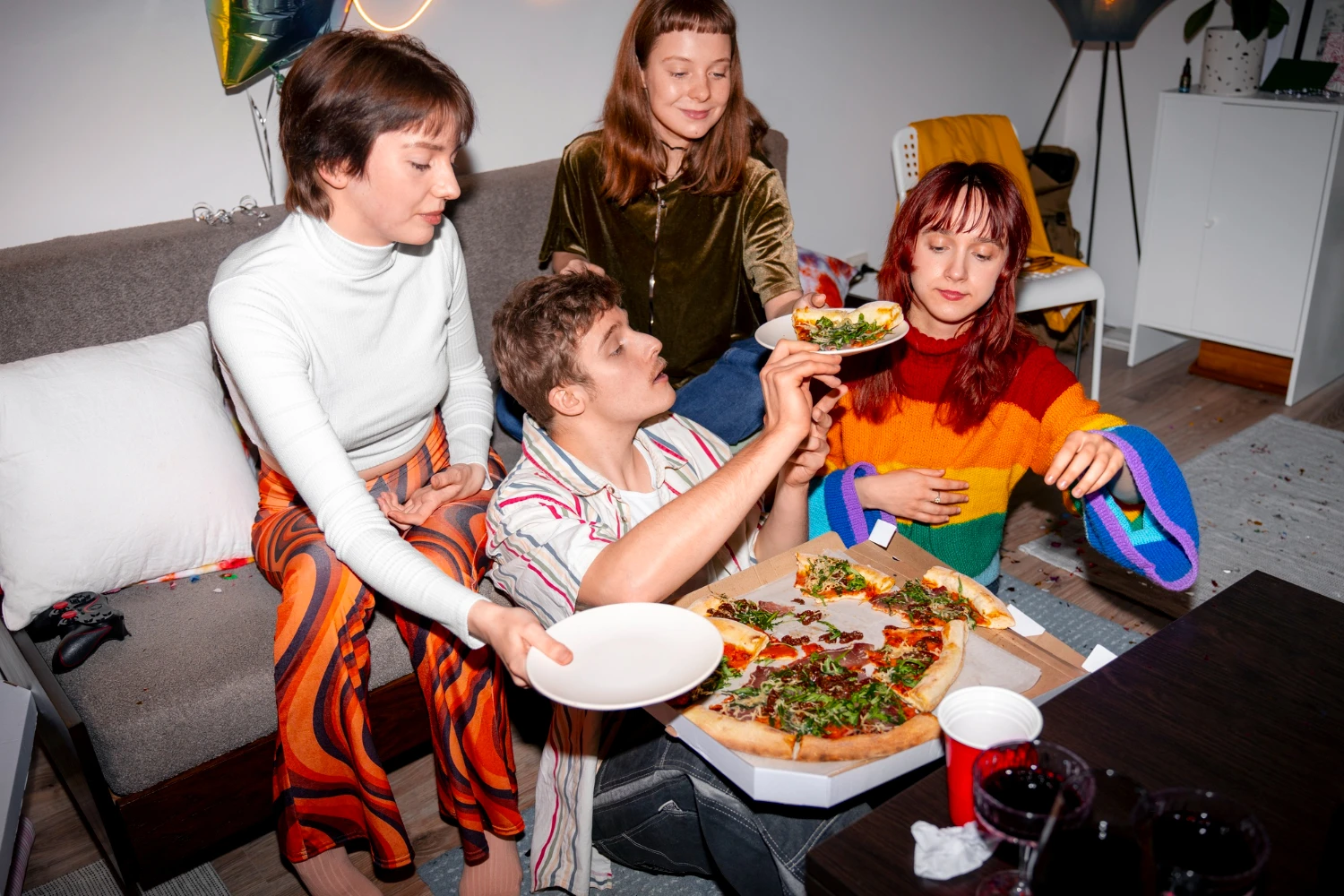Most property developers start with the wrong question when they approach a co-living operator about a new purpose built shared living project.
They ask, How do we get full occupancy?
But the better question is, How do we create a rhythm of demand so natural that full occupancy becomes the default, not the exception?
It is a small shift in thinking, but it changes everything. The real work of building a successful co-living project is not about marketing or filling rooms. It is about designing an ecosystem where people genuinely want to live, a place that feels human, reliable, and quietly magnetic. That rhythm of demand comes from clarity, consistency, and trust. Not the kind of trust built through advertising, but the kind earned through alignment when what you build matches what people genuinely need. This is about how to make that happen.
One of the biggest mistakes developers and operators make is trying to appeal to everyone. When you do that, your message and your product lose definition. Real demand comes from clarity, not just demographics but psychographics: the beliefs, routines, and aspirations of the people who feel at home in your spaces. If you are building for remote professionals, design around their rhythm. They do not just need fast Wi-Fi or a desk; they need flow, spaces where focus and belonging coexist. If you are creating homes for people between life stages, a new city, a new job, a new start, think beyond the floor plan. They are not just looking for a room; they are looking for a sense of ease and orientation. When you know exactly who you are for, your spaces stop blending in. They start speaking directly to someone, and that is when rooms fill themselves.
Most operators only start marketing when occupancy dips. By then, it is too late. Reactive marketing looks like panic: discounts, rushed campaigns, and too many “available now” signs. Sustainable occupancy is built through slow, consistent systems that compound over time. A healthy marketing rhythm includes a steady flow of content that reflects real life in your spaces, an active mailing list that nurtures connection rather than promotion, partnerships with relocation agencies, employers, and universities, and a consistent voice that remains present even when every room is full. When this foundation is built early, demand does not have to be chased. It grows naturally.
Push marketing shouts. Pull marketing invites. The difference is depth. Pull happens when people feel alignment, when what you offer quietly matches what they value. Tell the stories that matter. Show the everyday life of your residents. Share how people connect, work, and unwind. When people see themselves reflected in your spaces, they come to you not because of persuasion, but because it feels right. The most resilient brands in co-living are not the ones running the loudest campaigns. They are the ones quietly cultivating relevance through resonance.
In co-living, operations are marketing. Every touchpoint tells a story, from the first inquiry to move-in day. Clear, calm communication before arrival, a check-in process that feels personal, and a space that looks and feels like the promise you made all play a role in building long-term trust. Follow-ups that feel human, not automated, reinforce that relationship. When every step feels considered, you are not just filling rooms. You are creating confidence. And confidence fills rooms for you.
Scarcity only works when it is real. You do not create it through urgency tactics; you earn it through consistency. When your spaces are well designed, well managed, and deeply valued, availability becomes a signal of quality. Over time, people learn that if there is a room available, it is worth taking. That is real demand, not manufactured but deserved. It is the kind of demand that compounds quietly, the result of doing the fundamentals well and doing them every single time.
The strongest brands in this space are not loud. They are steady. A short blog every month, a story about a resident who found home, a small update about how the community is growing: these simple things, done consistently, build familiarity. Familiarity builds trust. And trust, in turn, keeps occupancy stable.
The best co-living operators understand this instinctively. You are not selling a product. You are holding space for people moving through life, work, and change. That understanding should guide everything: design, service, communication, and marketing. It is not loud. It is not pushy. It listens. It reassures. It tells the truth. Over time, that truth becomes your advantage. It is why residents stay longer, refer friends, and quietly fill your rooms again and again. People do not just move into buildings. They move into belonging. And when you build for that, occupancy takes care of itself.


